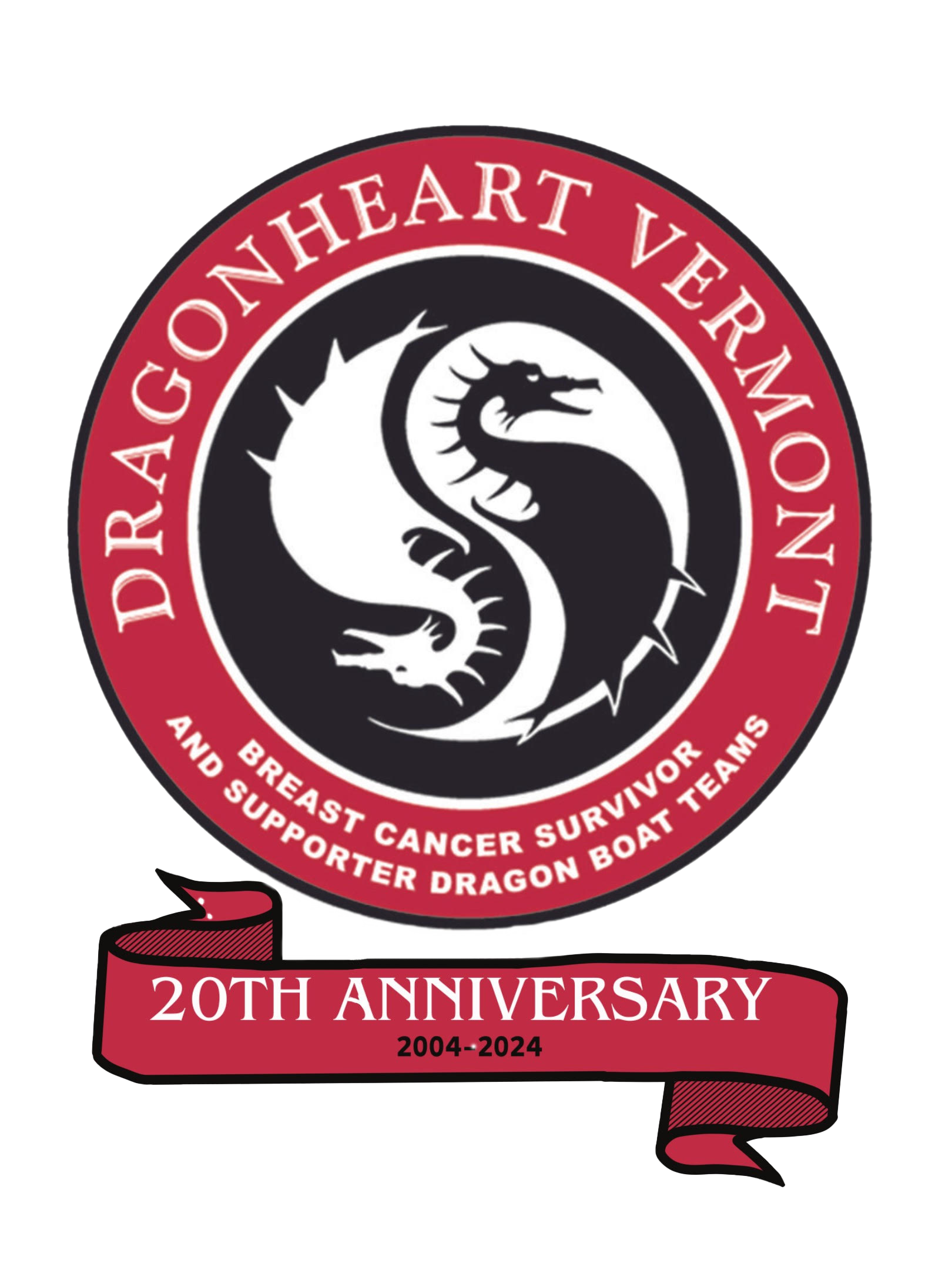Can I buy Pick Your Prize Tickets on Festival Day (Sunday, August 6)?
YES YOU CAN! After August 4th at Noon, that’s the only way to do it!
Can I buy tickets without a credit card?
We can, however, accept cash and VENMO, as well as credit cards on Festival Day (Sunday, August 6)!
Do I need to be present to receive my prizes?
NO need to be present at the drawings! We have your contact information so we will notify you via email when you win.
When is the drawing?
There will be a winner for each bucket, to be drawn after 3pm on Festival Day (Sunday, August 6).
How do I know if I won a prize?
Winners will be notified by email AND we will post winners’ first name with last initial on our website by Monday, August 7.
What are the prizes? (How can I see the Bucket List?)
Each $1 ticket can win gift certificates valued at $100 or more. Gift certificates range from professional services to memberships to discounts at local eateries, brick and mortar stores AND MUCH, MUCH MORE! You can click here to view the final 2023 Bucket List.
Can I participate in Pick Your Prize even though I won’t be at the Lake Champlain Dragon Boat Festival on Saturday, August 6?
YES! Although it’s really fun to peruse the Bucket List and drop tickets in the buckets of your choosing in person. If you will miss the fun on Festival Day (Sunday, August 6), you can;
- ask a friend to share the fun (it’s a drop in a bucket for every ticket purchase performed by your friend) to buy your tickets and place them in the buckets.
- skip the tickets and just donate to the Lake Champlain Dragon Boat Festival (your donation will be gratefully accepted – tickets and prize selections no longer are needed).
Why does this feel so good?
Pick Your Prize and the Lake Champlain Dragon Boat Festival support cancer patients via wellness and support programs at low or no cost to the patient and their family. All funds stay in Vermont!
How can I help?
Dragonheart Vermont gives back to the community! Join us as a member, volunteer at the Lake Champlain Dragon Boat Festival, or donate. Thank you for your support!
I have more questions. Who do I contact?
- Donors, submit questions about your Pick Your Prize gift certificates to pickyourprize@dragonheartvermont.org.
- The Lake Champlain Dragon Boat Festival event coordinator can be reached at events@dragonheartvermont.org.
- Volunteer with Dragonheart Vermont and the Lake Champlain Dragon Boat Festival by reaching out to volunteer@dragonheartvermont.org.
THANK YOU TO OUR WONDERFUL COMMUNITY OF DONORS!

